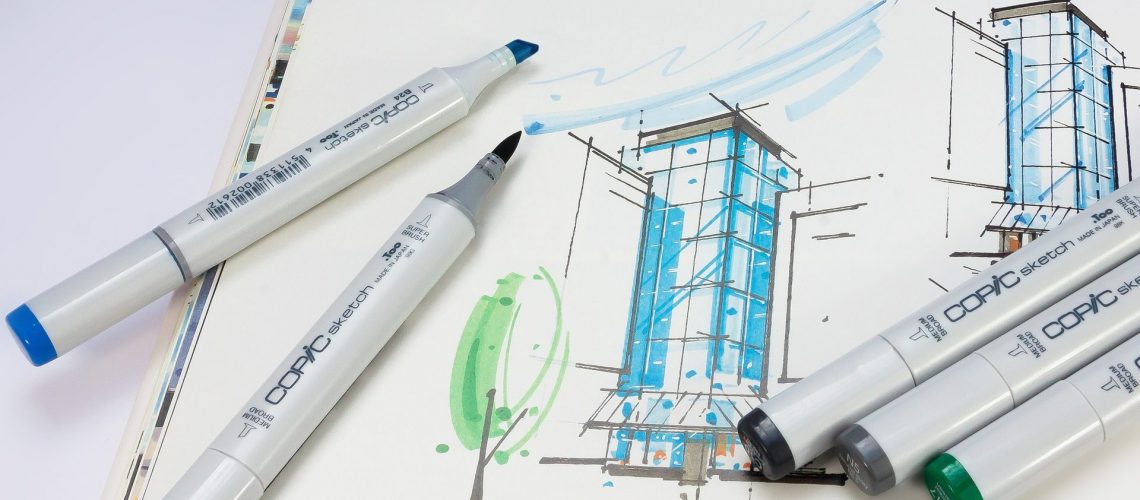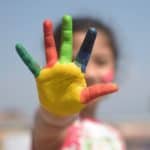One of the most enlightening aspects of my training with SOI was learning about figural learners.
When my youngest son, Christian, was 6 years old, I discovered through SOI testing that he had sensory integration issues and was a figural learner.
What is a figural learner? A learner who has high figural-spatial skills, but is lower in semantic and symbolic learning and learns best by using concrete, hands-on, three dimensional information. They see pictures in their mind and excel when they are able to learn by seeing, touching, and doing. Most young children start out as figural learners. My son Christian was in a Montessori environment for pre-school and ex celled there.
celled there.
However, traditional school environments are mostly semantic and symbolic and not a place where figural learners flourish. Most traditional reading programs are phonics-based or whole-word reading, which is not the best reading method for figural learners. Many students who are highly figural find they do well when they are out of school. This is when they can use their real world figural skills in careers such as graphic design, film production, interior design, art, or even in careers such as plumbing, automotive repair, and construction.
For those of us who are in an elementary environment, the issue is how can we help students who are figural learners succeed? Our school, Shady Oak Learning, incorporates strengths-based learning, where we use students strong areas to motivate them and help strengthen weak areas. In addition to strengthening semantic and symbolic skills with SOI modules and Certified Learning, here are some other resources we use to boost figural learners:
SOI LOCAN – This is a figural reading method that all of our young students enjoy! They recognize the glyphs, play bingo and translate those later to words, sentences and paragraphs.
Child-1st Snap Words – We have used these whole word reading cards with picture cues and students are highly motivated! Visual, kinesthetic and auditory clues are included with each set of high frequency words. One of our students favorite activities is to unscramble magnetic sentences using these words which helps sequencing abilities also.
Stevenson Language – After taking our students through LOCAN and using Child-1st Snap Words, we get started helping them take the mystery out of decoding with Stevenson Language. This program has stories, mnemonics, and pictures that help figural learners start “ hearing” the sounds in words and to experience success with decoding.
Building Thinking Skills, Primary – This is a wonderful resource for figural learners. It uses manipulatives to teach foundational thinking skills for reading, writing, and math readiness.
Montessori for Everyone – Since figural learners love pictorial information, these materials are great for helping them learn concepts. The picture cards are self checking and the students especially love the history, science and cultural sets.
Art, music, and drama can be areas where figural learners excel. Building Lego creations, robots, or projects around the house can be rewarding and help them shine. Think of all the ways that figural learners impact our culture! Our bridges and buildings wouldn’t be built, our cars wouldn’t run and we wouldn’t have the beauty of art or movies to entertain us without our figural learners. It is our responsibility and pleasure to help these students develop their gifts!
If you are interested in learning more about SOI learning abilities testing and learning styles, please click here!
written by: Pam Jarvis, founder and Executive Director of Shady Oak Learning is a life-long lover of learning. She reared five children and now is proud grandmother to eleven grandchildren. In 2012, Pam’s vision of creating a school that was good for kids became reality with the creation of Shady Oak Learning and her after school program, Brain Workout. Pam received her BS in Speech Therapy from West Texas A&M University and her M.Ed in Special Education. Pam has used her unique blend of experience in private school settings, home-schooling and public education to create a one-of-a-kind place where learning is fun, engaging and challenging.






